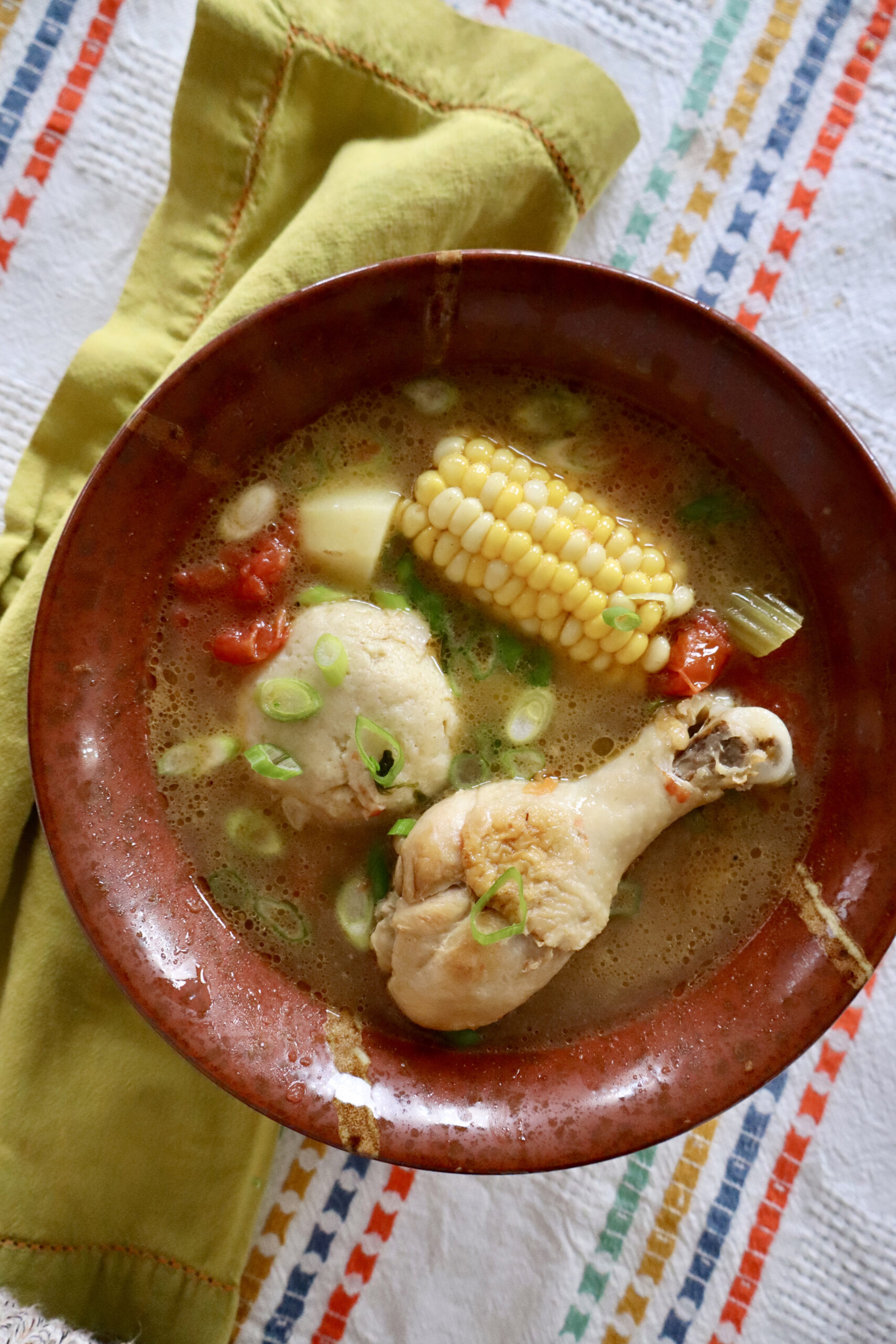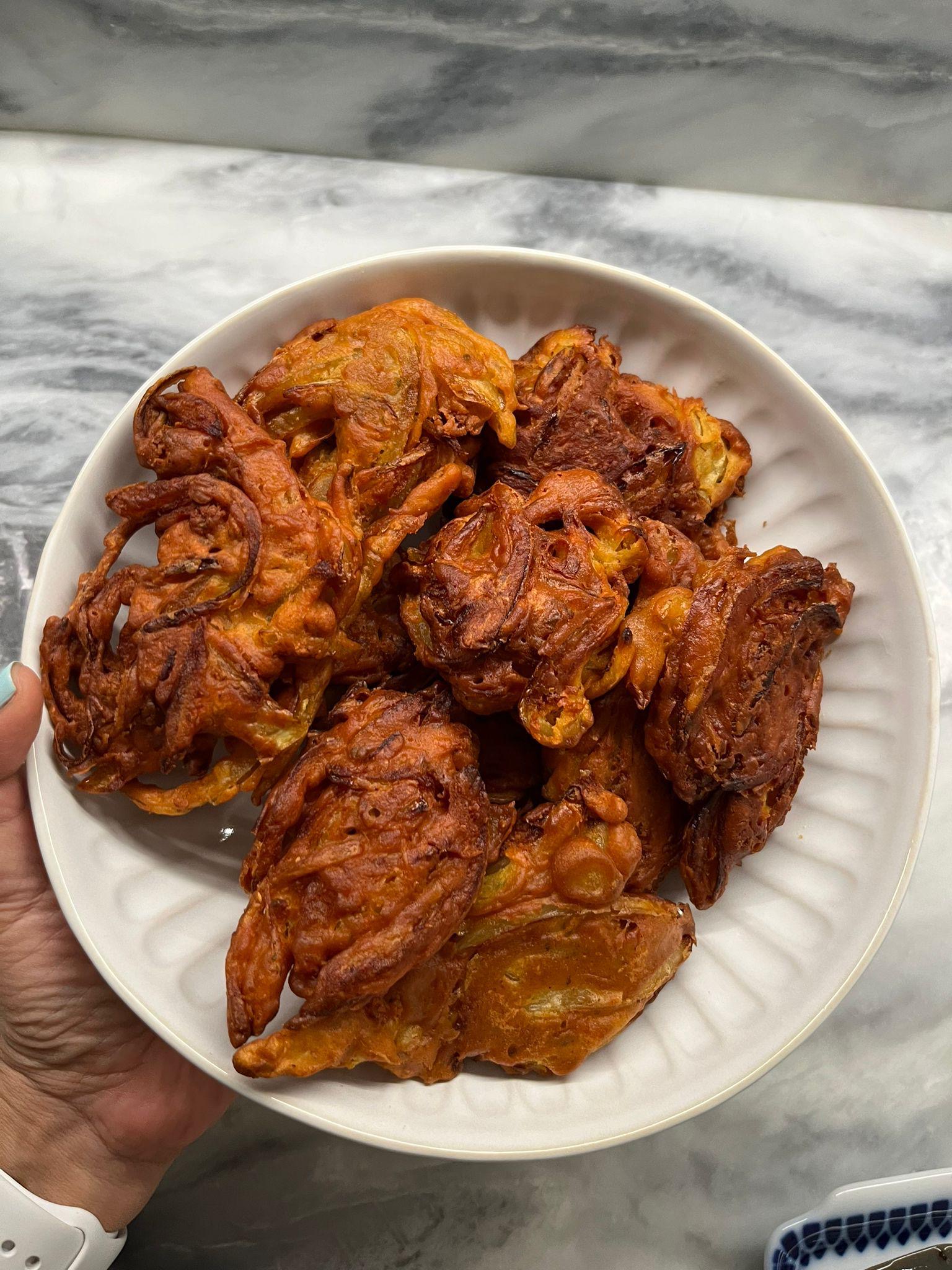There are some wonderful Sephardi wedding and engagement customs that trace back to the Island of Rhodes, then Turkey (now Greece), where my family lived before coming to America. Traditions beginning with trays of homemade candies prepared especially for an engagement to delicacies for a party for the ‘Bano di Novia’ (Bath of the Bride, aka visit to the mikveh.)
Another custom takes place under the chuppah (wedding canopy). The parents drape the tallit (prayer shawl), that the husband will wear, over the bride and groom. This symbolizes the home the two will build together, one that we hope will be imbued with holiness.
It is the culinary customs that are particularly festive and a chance for the entire family to come together and help in the preparations.
My cousin was getting married recently. Actually, it was my cousin’s grandson. He is the eldest grandson of my mom’s eldest nephew – and my mother and her nephew grew up practically as siblings. We’re a close-knit group. We try to keep our relationships strong and keep the Sephardi Jewish traditions that are our ancestral heritage alive.
The weekend before the wedding, the cousins got together and made bombonieres, the favors given to each guest. Each bomboniere is made from a mix of Jordan almonds and foil-wrapped chocolate kisses, all wrapped together in tulle, with a ribbon tying it together. This tradition is likely woven into our customs from our non-Jewish Italian and Greek neighbors.
The almonds are bitter on the inside, with a sweet coating on the outside. There are five almonds in the package – an indivisible number. So should be the life of the new couple. Through the ups and downs, the bitter and sweet – they will face life together, and remain united and as one. And the number five corresponds to five blessings the guests wish for the new couple – health, happiness, children, financial success and long life.
The chocolate kisses, their origin is not as clear. I think they looked pretty in the mix, and added an extra touch of sweetness! All are gathered together in a circle of tulle, tied with a ribbon that is imprinted with the names of the bride and the groom and either the date of their wedding or a special saying for them. A nice keepsake of the day.
My mom, the great-great aunt of the groom, made masapan as we call it, or marzipan as it is generally known, for the wedding, another tradition. My mother was insistent that she make it, saying, “If my mother or my sister were here, they would make it. As long as I’m able, I’ll make it, so we can carry on the tradition. It’s up to you, the next generations, to learn to make these things we love and to carry on the traditions” (*she has since noted that it is not just the girls that are learning to cook and bake these days; her nephews, great and great-great nephews and grandsons are showing an interest and ability to learn and master the art, as well).
‘Masapan’ or marzipan is that delicious sweet that Sephardi mothers lovingly make for engagements, weddings, a brit milah or a bar (and today even a bat) mitzvah.
Basically, it is a homemade almond confection made with ground almonds and sugar. Marzipan traces its origin to…..well….that depends. Some say the Persian Empire, introduced to Europe by the Turks; others claim the origin to be Spain. In any case, it got to us, was a delicacy on our beloved Island of Rhodes, and our grandmothers brought it here with them when they came to the United States.
While some from Eastern Europe talk of marzipan being colored and fashioned into miniature, fruit-like shapes, our variation is kept in its white, pure state, made into a simple design.
My mother, Kaye Hasson Israel, uses a recipe shared with her by Rebecca Levy. Here is the recipe and photos. This recipe makes about 125 pieces of masapan.
Marsapan or Marzipan
6 C almonds
3 C sugar
4 C water
Start with raw almonds.
To blanch, bring a pot of water to a boil (enough water to cover the almonds). When water boils, add almonds and leave them in for 4 to 5 minutes (until skin is loose).
Rinse in a colander with cold water. Remove the skins from the almonds and place almonds into a bowl of cold water (to prevent discoloration).
Take a clean towel and dry almonds thoroughly.
Put almonds into the food processor with blade.
Grind to a fine texture.
In the meantime, mix sugar and water and heat over medium/high flame. Make sure sugar dissolves. Bring to a boil. This is to make a sticky syrup. Stir and watch carefully so it does not discolor or burn.
Test for correct stickiness by removing the spoon from the pot, allow it to cool a bit, placing a drop on your fingers and noting a ‘thread’ of sugar when pressing, then pulling apart finger and thumb.
At this point, lower the heat and add ground almonds. Thoroughly blend and constantly stir the mixture. Cook and stir the masapan until it reaches a dough-like consistency. Continuously stir over medium heat…..seriously….. continuously stir. It can easily burn if not constantly stirred. A good opportunity to develop those arm muscles!!
It will cleanly leave the sides and bottom of the pan when ready. Remove from heat and allow to thoroughly cool.
Once cooled, knead on your rolling surface to create a smooth dough. Divide into 10-12 portions and roll each portion into a long strip.
Keep a bowl of water handy. Dampen your rolling surface and hands, as it will make it easier to roll out. Cut at an angle into diamond shaped pieces.
Our tradition has been to top each piece with a decorative silver ball (dragees). These are for decoration and not to be consumed. For the wedding we used gold balls.
 For engagements, our tradition has been to make a “mano” (hand) fashioned out of masapan, with silver dragees across the ring finger. This is fashioned on a tray, surrounded by cut pieces of masapan, Jordan almonds and often, a gold leafed piece of ‘aruda’ (the rue plant).
For engagements, our tradition has been to make a “mano” (hand) fashioned out of masapan, with silver dragees across the ring finger. This is fashioned on a tray, surrounded by cut pieces of masapan, Jordan almonds and often, a gold leafed piece of ‘aruda’ (the rue plant).
Like all our delicacies, masapan takes a bit of practice but the results are divine!
Always a blessing to have these special traditional treats made by loving hands for the special occasions in our lives. And l’dor v’dor. May we all continue the traditions for our children and our children’s children.
Bendichas manos! As with the love in our hearts, may our hands continue to be blessed!
A version of this post was originally posted on BendichasManos.com. For more Sephardi cooking and culture, check out all of Marcia Weingarten’s writing.







